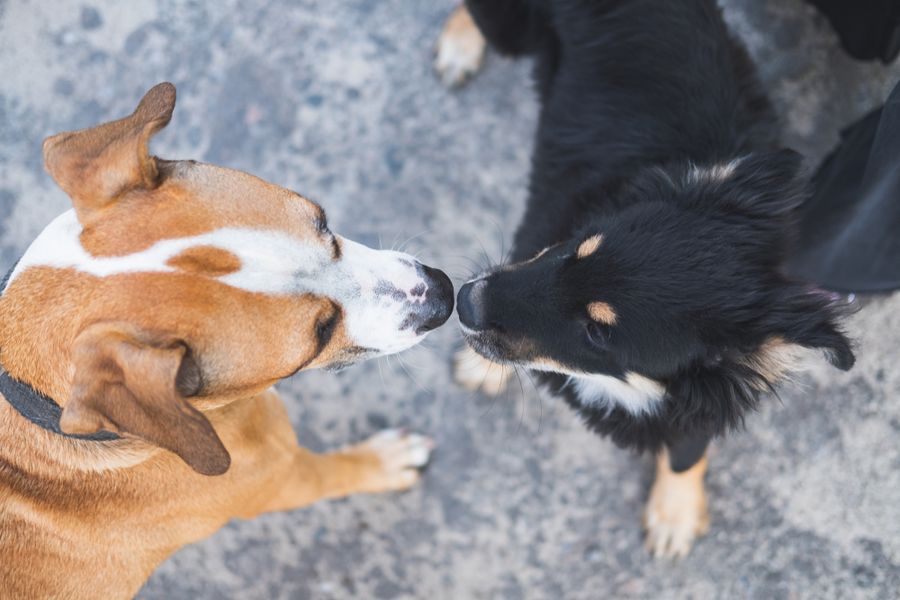Bringing a new pet into your home is an exciting experience, but it also requires patience and thoughtful planning. A calm, gradual introduction helps reduce stress and encourages positive relationships. Pets and family members both need time to adjust to new routines and personalities. A supportive environment builds trust and creates a smoother transition. With steady guidance and clear boundaries, your home becomes a welcoming space where every animal feels safe and comfortable.
Preparing Your Home Before the First Introduction
A successful introduction begins with a well-prepared environment. Setting up designated spaces for the new pet helps them feel secure as they settle in. A cozy bed, food and water dishes, and familiar items create comfort during the early days. Introducing your new pet to their own safe area allows them to adjust gradually before interacting with other pets or family members.
Preparation also supports smoother connections later. Ensuring your current pets have their own familiar spaces prevents feelings of intrusion. Safety gates, crates, or separate rooms help manage early interactions. A thoughtful setup reduces tension and gives each animal the time they need to adjust at their own pace, setting the stage for positive relationships.
Creating Calm, Controlled First Meetings
Initial interactions should be brief and calm to prevent overwhelm. Allowing pets to observe each other from a distance provides a gentle start . Visual contact without close physical interaction helps them acclimate without pressure. A controlled environment helps prevent misunderstandings and encourages curiosity instead of fear.
Supervision during early meetings is essential. Rewarding relaxed behavior reinforces positive associations while preventing escalation. Keeping sessions short and gradually increasing exposure helps build comfort over time. Patience and steady guidance create a foundation for peaceful interactions and long-term harmony.
Using Gradual Exposure to Build Trust
Slow, steady exposure helps pets adjust to one another without stress. Allowing them to exchange scents by swapping blankets or toys encourages familiarity. Pets rely heavily on scent, and this approach helps them recognize new companions before meeting closely. Over time, this builds trust and reduces uncertainty.
As comfort grows, controlled shared spaces can help deepen familiarity. Allowing both pets to explore a neutral area encourages organic interaction without territorial tension. Observing body language helps you identify when it’s time to pause or move forward. Gradual exposure ensures each connection develops at a pace that feels comfortable for everyone involved.
Encouraging Positive Associations With Rewards and Praise
Rewards help reinforce calm, friendly interactions. Treats, gentle praise, and soothing tones create meaningful associations during introductions. When pets feel supported, their confidence grows, making them more receptive to new relationships. Positive reinforcement also helps redirect nervous energy into more constructive behavior.
Celebrating small successes encourages progress. Whether it’s a peaceful glance, gentle sniff, or cooperative moment, recognition strengthens trust between pets. Rewards also help family members feel included in the process, creating a unified approach to integration. Encouraging positivity supports a smoother, more enjoyable transition for everyone.
Respecting Boundaries and Allowing Adjustment Time
Each pet has unique comfort levels and needs. Respecting personal space prevents unnecessary stress and helps them feel safe. Recognizing signs of overwhelm—such as retreating, growling, or hiding—allows you to pause and adjust the pace. Giving pets time to decompress helps them rebuild confidence before trying again.
Allowing space also prevents tension among family members. Redirecting energy into calm activities, such as separate play sessions or quiet time, supports emotional balance. With steady reassurance, pets learn they can coexist without pressure. Respecting boundaries fosters a peaceful environment where each animal can grow comfortable at their own pace.
Maintaining Routine and Consistency During the Transition
Consistency helps pets feel secure during periods of change. Keeping feeding times, walks, and play sessions on a predictable schedule offers comfort while everyone adjusts. Familiar routines reduce anxiety for both new and current pets, helping them understand what to expect each day. Stable patterns also prevent tension by giving each animal structured moments of attention and rest.
Consistency applies to training and household rules as well. Ensuring expectations remain the same for every pet creates fairness and prevents confusion. If a new pet joins the home, reinforcing shared boundaries helps maintain balance. Over time, a predictable environment supports smoother interactions and builds confidence. Routine becomes a valuable tool in helping all pets adapt peacefully.
Building Harmony Over Time
Strong relationships between pets and family members develop through patience, consistency, and thoughtful guidance. As trust grows, daily routines feel more natural and interactions become smoother. Small moments of positive engagement gradually build a foundation of comfort and cooperation. With time, your home becomes a place where every animal feels safe, supported, and truly part of the family. A slow, mindful approach ensures long-lasting harmony and a joyful environment for all.


